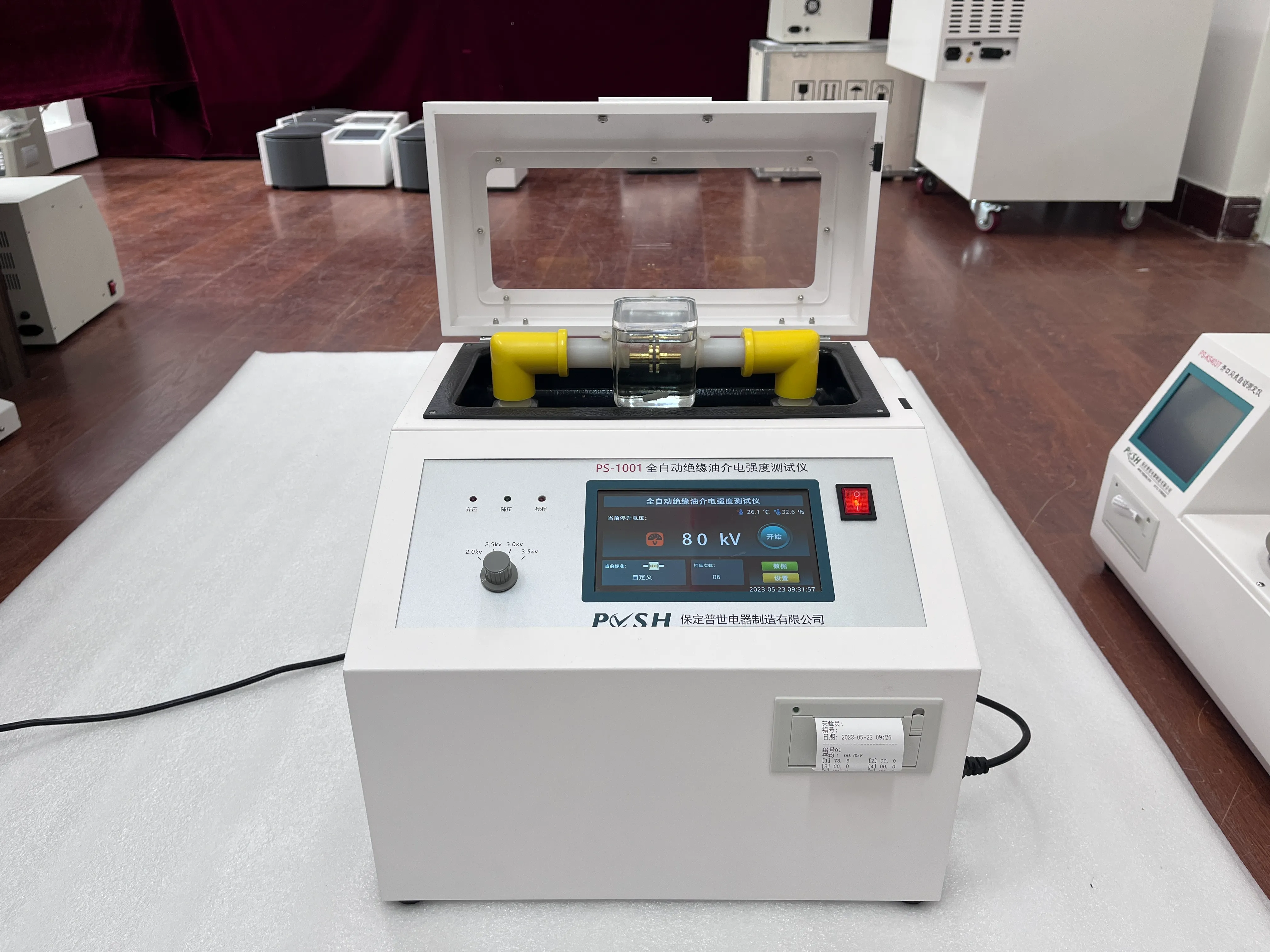 English
English


insulation test equipment
Understanding Insulation Test Equipment A Vital Tool for Electrical Safety
Insulation testing is a crucial aspect of electrical maintenance and safety. It is used to assess the integrity of insulation in electrical products, ensuring that they can operate safely under conditions that might otherwise lead to failure. Insulation test equipment is designed to evaluate the quality of electrical insulation and identify potential problems before they lead to hazardous situations.
At its core, insulation test equipment helps in measuring the resistance of electrical insulation. This is critical in various industries, including manufacturing, construction, and utilities, where electrical safety is paramount. The primary device used for these tests is an insulation resistance tester, often referred to as an insulation tester. These testers can measure the resistance of insulation materials, providing pivotal data on whether the insulation is intact or if it has become compromised over time.
One fundamental aspect of insulation testing is the concept of insulation resistance. Ideally, the insulation resistance should be high, indicating that the insulation is functioning correctly. Values below certain thresholds signify a potential failure, often prompting immediate action to repair or replace wiring or equipment. Insulation resistance can be affected by several factors including age, environmental conditions, and physical damage.
There are various types of insulation test equipment, each with unique features and capabilities. The most common insulation testers apply a high voltage (usually between 250V and 5000V) to the insulation while measuring the resistance. As such, they are designed to be sturdy and safe for use in various environments. Some advanced models even incorporate features such as data logging, enabling users to record and analyze results over time.
insulation test equipment

Battery-operated testers are incredibly popular due to their portability and ease of use. They are commonly used by electricians and technicians when testing wiring in buildings or industrial facilities. More sophisticated equipment is available that can perform automated tests and interface with computers for enhanced analysis. As technology continues to advance, newer models are increasingly incorporating digital displays, allowing for easier reading and user-friendly operation.
In addition to measuring insulation resistance, insulation test equipment plays a crucial role in predictive maintenance. By regularly testing insulation properties, technicians can identify potential failures before they cause significant downtime or hazardous incidents. This proactive approach not only enhances safety but also improves the reliability and longevity of electrical systems.
Moreover, insulation testing is critical before new installations. It ensures that all electrical components are up to standard and functioning correctly, thus paving the way for safe operation. By investing in quality insulation test equipment, businesses can save costs related to electrical failures and enhance the safety and performance of their operations.
In conclusion, insulation test equipment is an indispensable tool in ensuring electrical safety across various industries. By accurately measuring insulation resistance, it helps identify potential issues before they escalate, thereby protecting both personnel and equipment. Whether through manual testers or advanced digital devices, understanding and utilizing this equipment effectively can lead to safer electrical systems and greater operational efficiency.
-
Differences between open cup flash point tester and closed cup flash point testerNewsOct.31,2024
-
The Reliable Load Tap ChangerNewsOct.23,2024
-
The Essential Guide to Hipot TestersNewsOct.23,2024
-
The Digital Insulation TesterNewsOct.23,2024
-
The Best Earth Loop Impedance Tester for SaleNewsOct.23,2024
-
Tan Delta Tester--The Essential Tool for Electrical Insulation TestingNewsOct.23,2024





